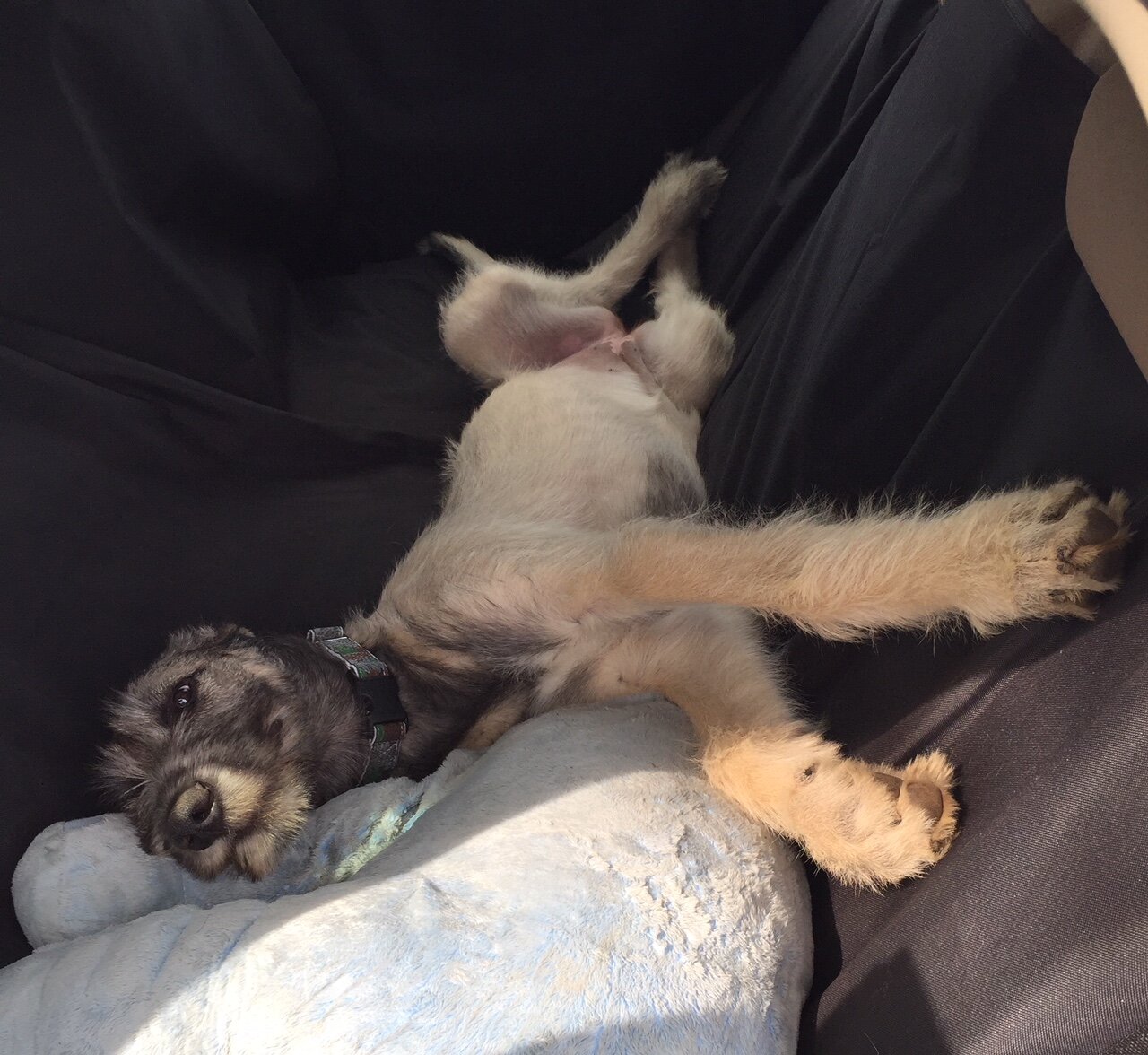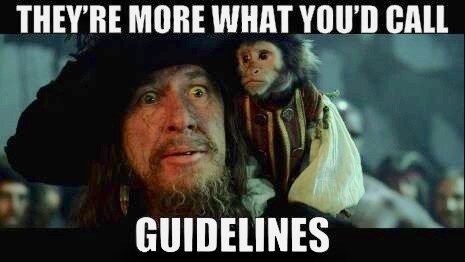Puppies love to pick things up and chew on them. It's fun, and it's part of exploring their world! They also love to play “keep away” when their human wants those things back. Here is how to prevent this bad habit.
Setting your puppy up for success
Put away everything your pup might get into. That means shoes, socks, kids' toys, coasters on coffee tables, and everything else that is small and not weighted down must be placed up high, or behind a gate or door.
Work on a strong response to the pup's name by playing the “name game”: Call your dog's name, then immediately feed him a tasty treat.
Never chase your puppy, whether in play or because he has picked something up.
When your dog does have something in his mouth, always do a trade to get it back. (See below.)
Never pull something out of your dog's mouth unless it is an emergency because it's a truly dangerous object. (Forcefully removing objects creates defensiveness in your dog, which can lead to resource guarding. See below.)
Practice “drop it” with toys and chews that your puppy is allowed to pick up, and give the item back after doing the trade. This way, your pup won’t associate giving up what he has with always losing his treasure.
How to trade to get an object back from your pup
Place a tasty treat right on your dog's nose.
When he drops what's currently in his mouth, let him eat the treat.
Once you've practiced this enough that it's going smoothly, say the cue “drop it” right before you place the treat on his nose.
With enough repetition, your pup will start to drop what's in his mouth and look up at you as soon as he hears the words “drop it.” You are now rewarding him for dropping the item on cue rather than just luring him with a treat.
If your pup regresses and does not drop the item when you say “drop it,” do not repeat the cue or try to grab the item. Follow the words “drop it” with the treat on the nose to keep the association strong. See more about teaching verbal cues here.
A quick demo of teaching “drop it.”
Here is a full video tutorial on teaching “drop it” via trading for a treat:
Here is a video tutorial on teaching “drop it” via trading for a toy, instead:
Trouble shooting:
My puppy runs away even though I have treats:
Have your puppy wear a leash and let it drag on the floor behind him, so that you can step on the leash to interrupt running away.
Scatter multiple treats on the floor instead of reaching toward him with the treat.
Step back and let the puppy approach and eat treats without your “threatening” presence.
Pick up the item after your pup has moved away from it to eat the scattered treats. Be calm and subtle with your movement.
My puppy drops the object to eat the treat but immediately picks it back up again:
Practice trading multiple times in a row.
Use scattering of treats to keep his mouth busier for longer while you pick up the object.
My puppy growls or snaps when I reach for him, even with a treat.
Your puppy is exhibiting “resource guarding,” which is more intense than a normal “puppy picks up everything” problem. He needs a special training program to address this.
In the meantime, use scattering of treats instead of reaching directly for him. Use very yummy treats for this.
My puppy constantly picks up wood chips, rocks, sticks, leaves, etc outside.
This is normal. Most puppies will pick the objects up, give a few chews, and then drop them on their own. If that's what your pup is doing, just let him. Don't stress yourself and your pup out by trying to prevent him from picking up every single item.
If your pup is actually swallowing these objects, this is potentially a safety issue. In that case, you need to:
prevent your puppy from walking around the problem objects
distract him with treats from up above if prevention is impossible during walks
do trades as necessary
consider training him to wear a basket muzzle.
Here is a video tutorial on using a treat scatter as the primary association with the cue “drop it” - highly recommended for dogs who have a strong history of playing “keep away” or have resource guarding issues:













